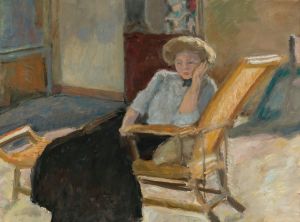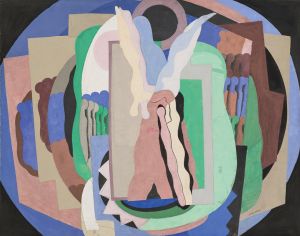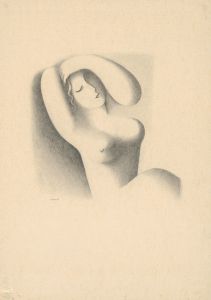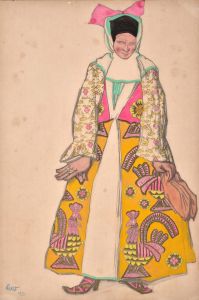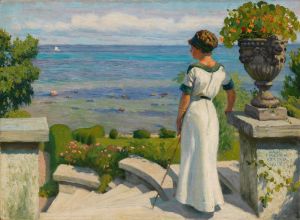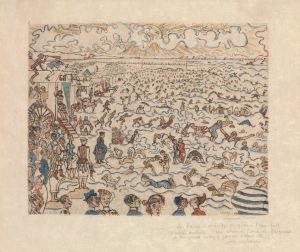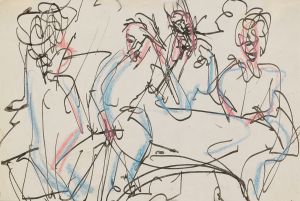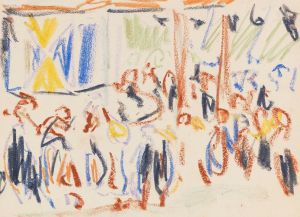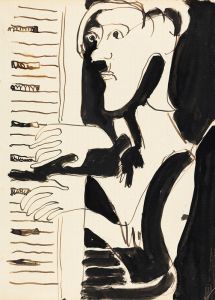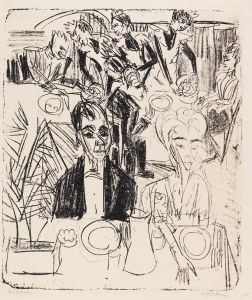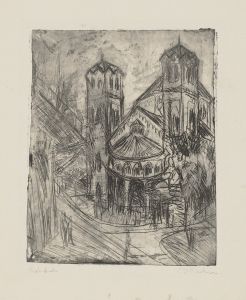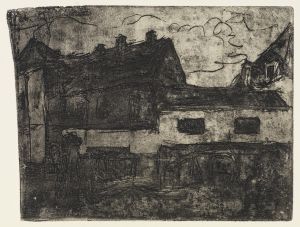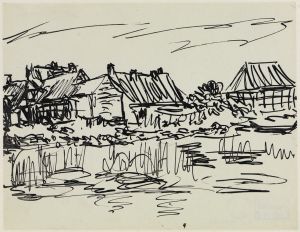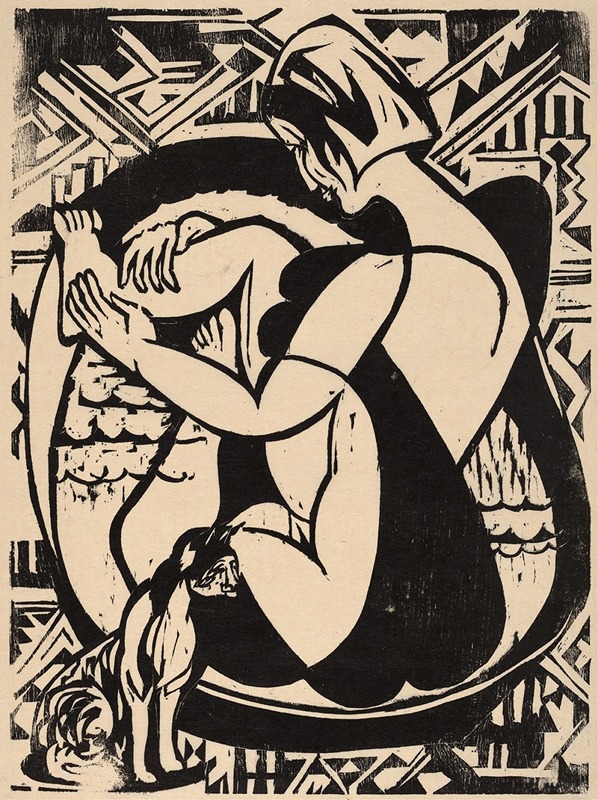
Woman in the Bathtub
A hand-painted replica of Ernst Ludwig Kirchner’s masterpiece Woman in the Bathtub, meticulously crafted by professional artists to capture the true essence of the original. Each piece is created with museum-quality canvas and rare mineral pigments, carefully painted by experienced artists with delicate brushstrokes and rich, layered colors to perfectly recreate the texture of the original artwork. Unlike machine-printed reproductions, this hand-painted version brings the painting to life, infused with the artist’s emotions and skill in every stroke. Whether for personal collection or home decoration, it instantly elevates the artistic atmosphere of any space.
"Woman in the Bathtub" is a painting by the German expressionist artist Ernst Ludwig Kirchner, created in 1911. Kirchner was a founding member of the influential art group Die Brücke (The Bridge), which played a pivotal role in the development of Expressionism in the early 20th century. This movement sought to convey emotional experience rather than physical reality, often through bold colors, dynamic compositions, and distorted forms.
The painting "Woman in the Bathtub" exemplifies Kirchner's expressionist style, characterized by its vibrant color palette and dynamic brushwork. The subject of the painting is a nude woman bathing, a theme that Kirchner explored in several works. The depiction of the female form in intimate, everyday settings was a common motif in his oeuvre, reflecting both his interest in the human figure and the influence of modern urban life on his work.
Kirchner's approach to the human body was often unidealized and raw, capturing the immediacy and vitality of his subjects. In "Woman in the Bathtub," the figure is rendered with bold outlines and exaggerated proportions, emphasizing the emotional intensity of the scene. The use of color is particularly striking, with contrasting hues that create a sense of movement and energy. This technique is indicative of Kirchner's desire to evoke an emotional response from the viewer, a hallmark of the Expressionist movement.
The setting of the painting is likely inspired by Kirchner's own studio environment, which often served as the backdrop for his works. His studio was not only a place of artistic creation but also a social space where models, friends, and fellow artists would gather. This communal atmosphere is reflected in the informal and spontaneous quality of his paintings.
"Woman in the Bathtub" also reflects Kirchner's interest in the themes of modernity and the changing roles of women in society. During the early 20th century, women were beginning to experience greater social freedoms and independence, a shift that Kirchner and his contemporaries often explored in their art. The depiction of a woman in a private, domestic setting can be seen as both a celebration of this newfound autonomy and a commentary on the complexities of modern life.
Ernst Ludwig Kirchner's work, including "Woman in the Bathtub," was deeply affected by the socio-political context of his time. The years leading up to World War I were marked by rapid industrialization and urbanization in Germany, which influenced the themes and styles of many artists. Kirchner's paintings from this period often reflect a sense of tension and anxiety, capturing the spirit of an era on the brink of profound change.
Today, "Woman in the Bathtub" is recognized as an important example of Kirchner's contribution to the Expressionist movement. His innovative use of color and form, combined with his exploration of contemporary themes, has left a lasting impact on the art world. Kirchner's work continues to be celebrated for its emotional depth and its ability to capture the complexities of human experience.





